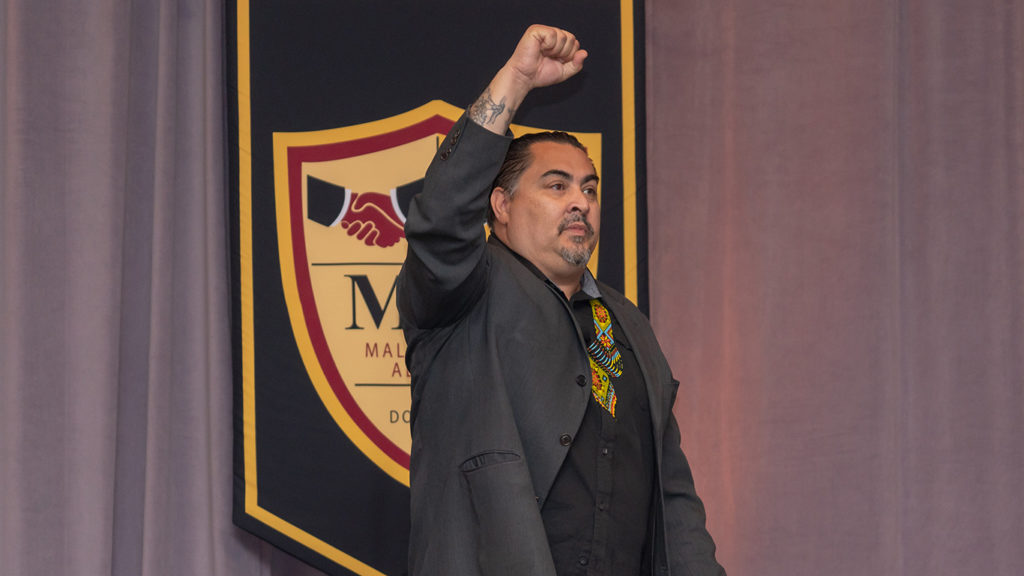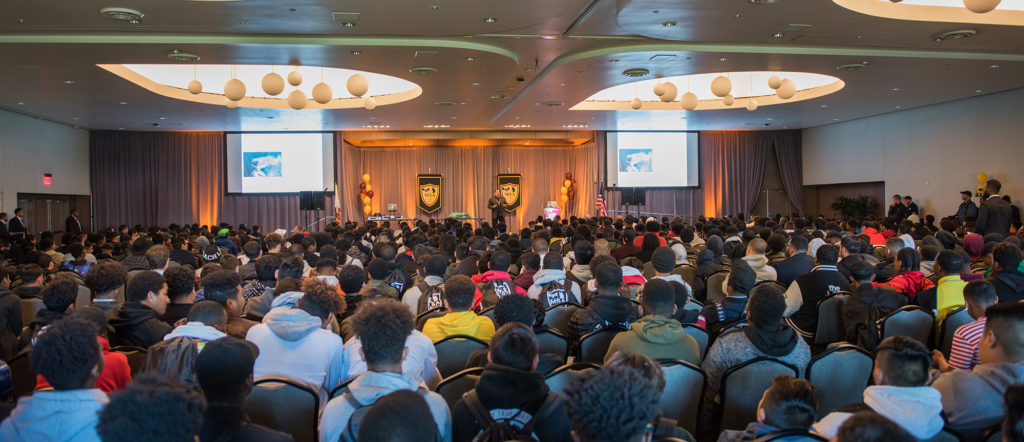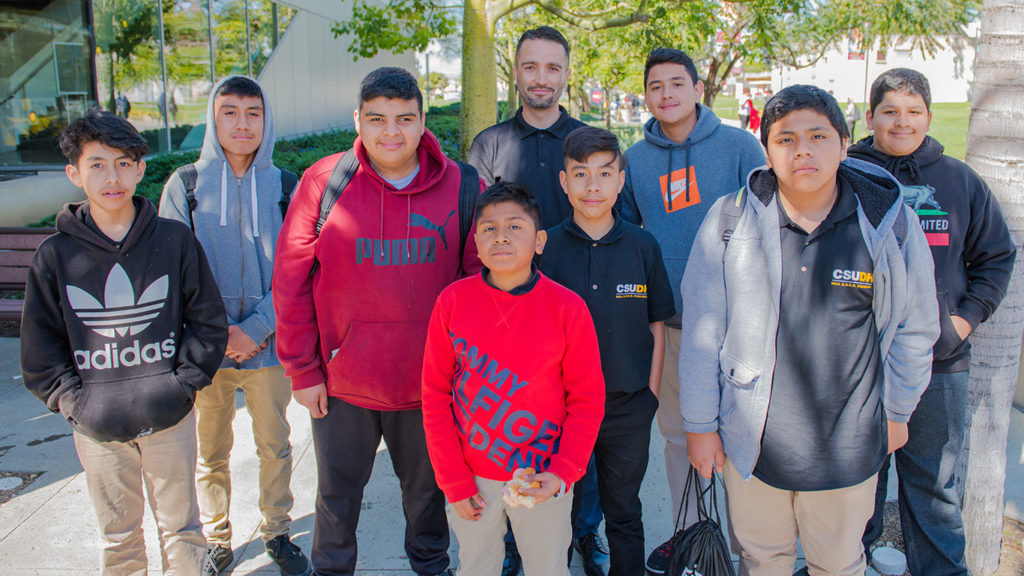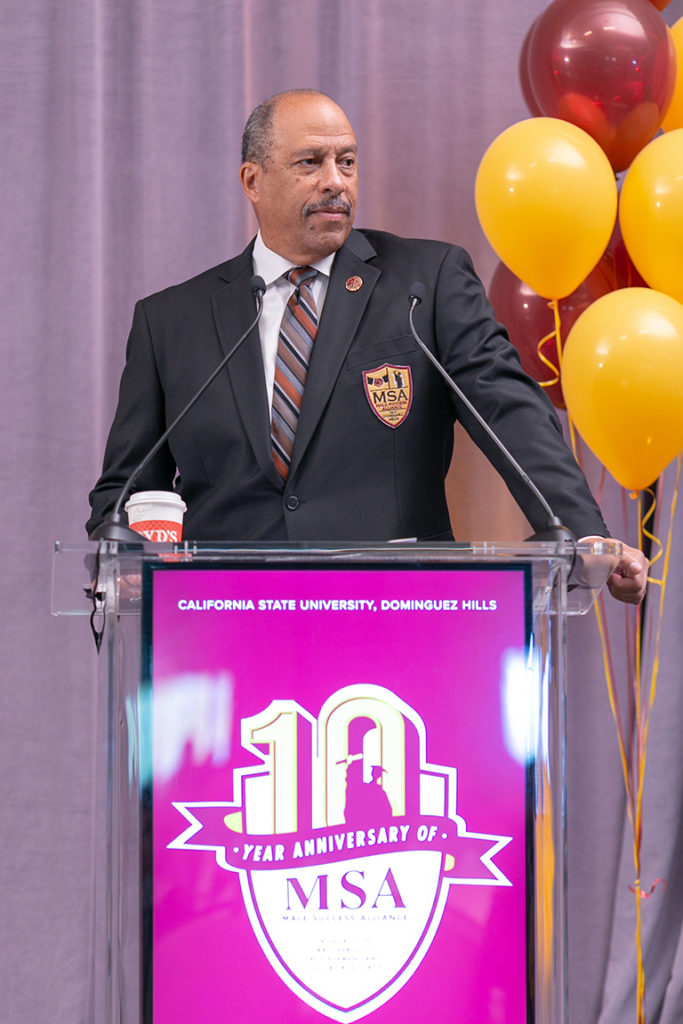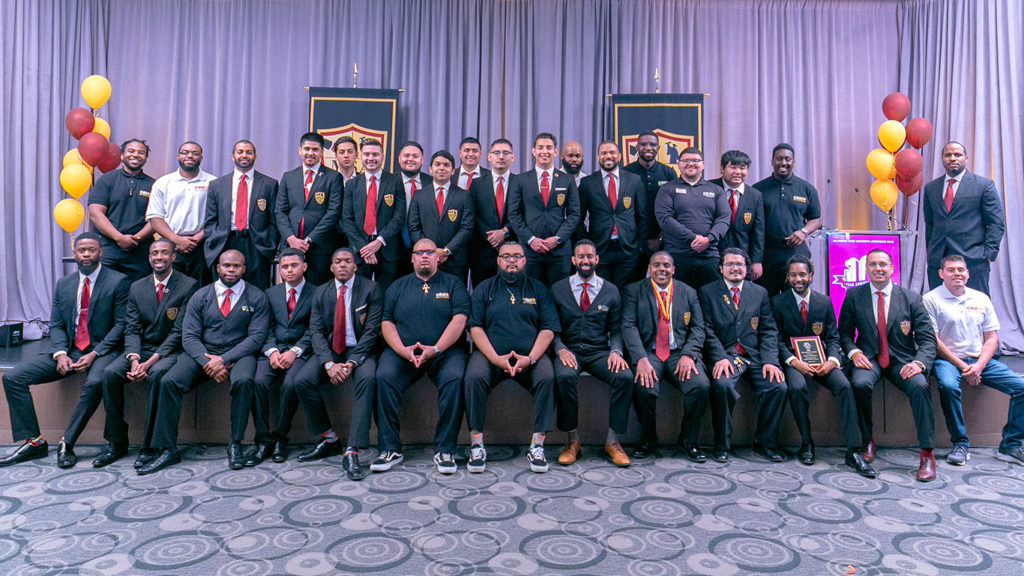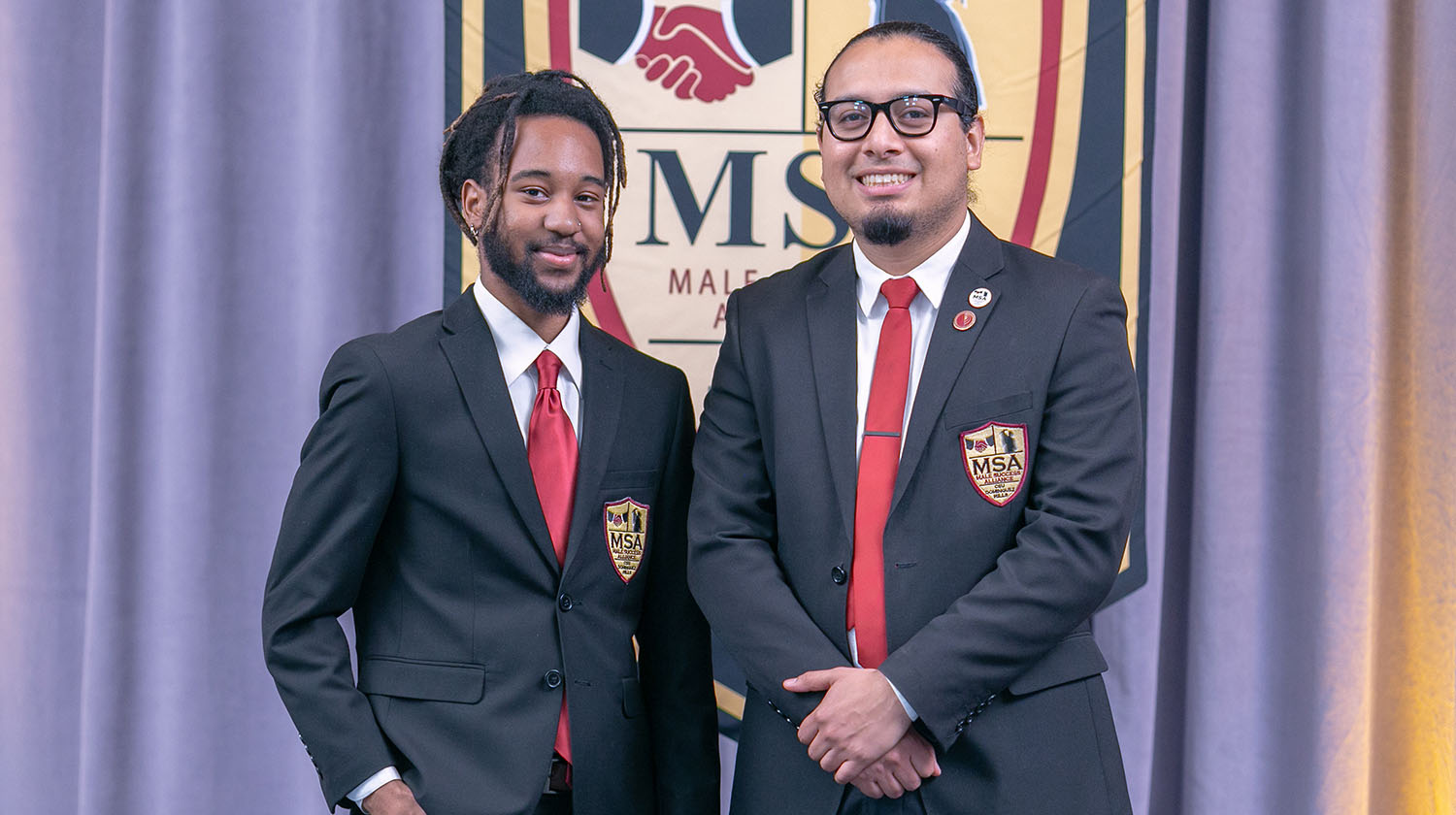
Thomas Richardson was a shy and unassuming teenager in South Los Angeles who didn’t express his feelings too often, even with his family, until one day when he decided to tell his siblings “I love you.”
The show of affection was just one of several ways Richardson started connecting on a more personal level with family and his peers at John C. Fremont High School, as suggested by his mentors from California State University, Dominguez Hills’ (CSUDH) Male Success Alliance (MSA) program.

“It was strange, but cool, too. My sister would laugh and my brother would call me a name, or say ‘I love you, too, but I don’t need to tell you that. You know I do.’ But I thought, ‘Do I?’” said Richardson, who learned from his MSA mentor Alex Guerrero about the stigma most men have toward emotions–equating expressing emotion with weakness–and how that often keeps them from developing true connections. “I had never really tried to connect with my brother on a personal level, but thanks to my MSA brothers I interact with most people a lot better.”
Richardson is now a freshman at CSUDH and plans to pursue a degree in psychology. He arrived on campus in fall 2018, just as MSA began celebrating its 10th anniversary of helping improve the retention and graduation rates among male students at CSUDH, and the dropout rates and access to higher education for boys of color in the South Bay and Los Angeles.
Richardson believes that attitude and appearance have also played a role in the MSA’s success. “It’s the suits and ties the MSA wore. They just looked successful and confident when I first saw them. Where I am from, you don’t see a lot of brothers like that. My dad doesn’t even own a tie,” he said. “When it comes to first impressions, that look is powerful.”
Richardson’s mentor Alex Guerrero joined MSA in 2013 and served two years as its president from 2015 until his graduation with his bachelor’s in sociology and minor in psychology in 2017. He also was an MSA mentor and tutor to middle and high school students. Assigned to John C. Fremont High School, Guerrero remembers the first conversation he had with Richardson.
“Thomas told me he wanted to make his family proud. I said, ‘Okay, that’s step one. Now, how are you going to do it?’” recalled Guerrero, who is now earning a master’s degree in higher education administration at CSU Fullerton, where he is now an event and assessment coordinator with Fullerton’s Educational Opportunity Program (EOP). “I’m very proud of how far Thomas has come. It is great to see him connecting with his MSA brothers.”
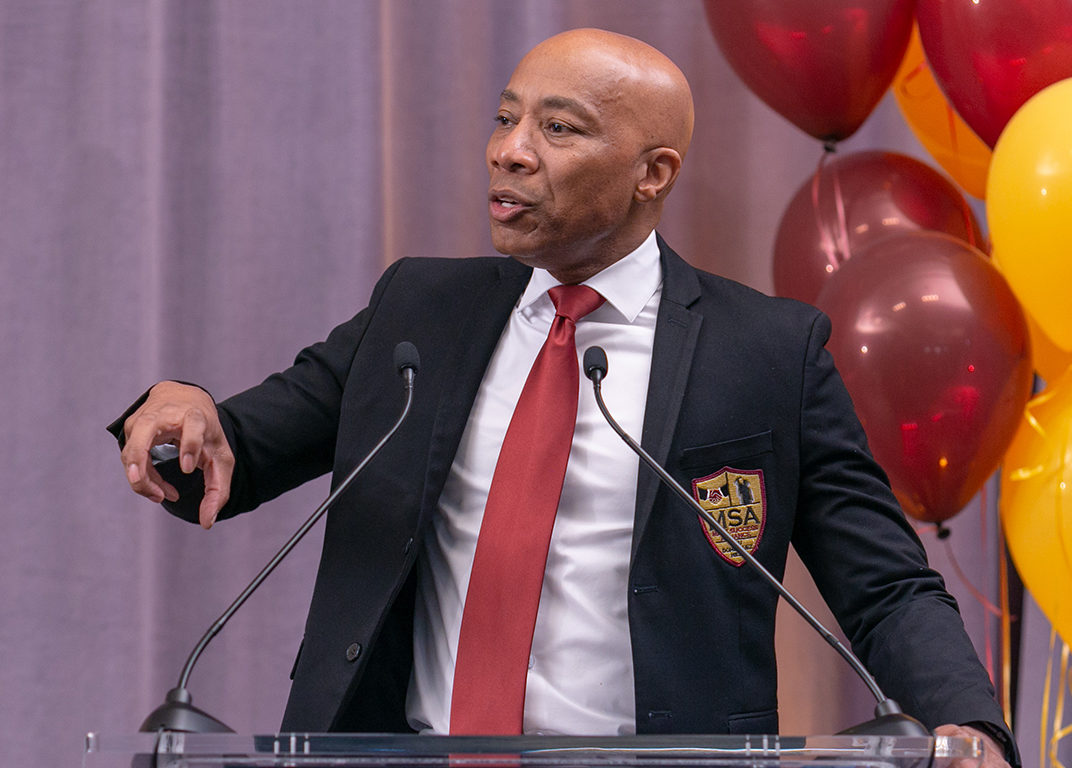
Modest Beginnings
Guerrero and Richardson represent the outcomes CSUDH Vice President for Student Affairs William Franklin envisioned when he founded MSA in 2009 to address alarmingly high high school dropout rates and low college attendance rates among young men of color, primarily African Americans and Latinos. Even in the CSU system, African American and Latino males are more likely to not finish their degree compared to their Asian and white male counterparts.
Through a holistic approach that provides academic resources, peer-to-peer support, and a middle and high school mentorship component, MSA not only helps its members get through college but also the next generation get to college.
From its first year with just seven members, to today with close to 100 members – a number of whom, like Richardson, came to MSA through the high school pipeline – MSA has proven that taking a personal interest in a student’s success and wellbeing, and making them feel engaged and valued on and off campus, has a major impact on their ability to succeed in school.
An assessment of MSA found that 79.2 percent of its members have had “high quality” experiences in their engagement on campus. The importance of the MSA program among African American and Latino members, in particular, was found to be 93.7 percent, but the most telling value of MSA membership is the combined 90 percent retention and graduation rate among its members.
“It takes a village to raise a program like the MSA. I have every confidence – to the credit of the village who helped me build it – that MSA will survive long after I am not here,” said Franklin. “That fact is closely associated with the MSA’s theme for this year’s summit, ‘Legacy.’ “I am also extremely proud of the impact we are making in the community.”
Going for the Summit
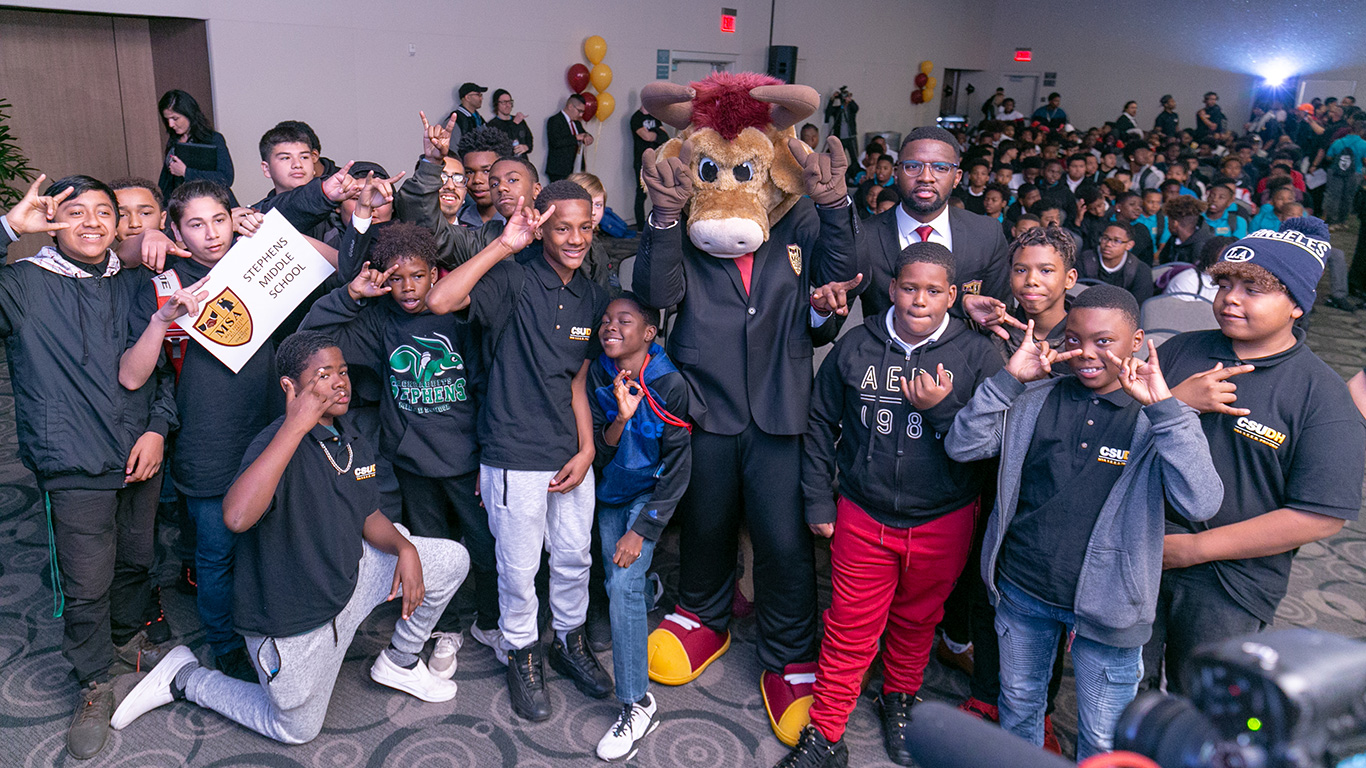
Franklin was referring in part to the 10th Annual MSA Spring Summit on March 8, which convened more than 800 boys from local schools for inspirational speakers, mentorship, workshops, and a college and resource fair. The first summit in 2010 was attended by only 125 young men of color. He explained that with its school mentor program and the summit, the MSA engages more than 300 boys annually and approximately 15,000 since its founding.
According to the National Assessment of Educational Progress, only 14 percent of African American boys and 18 percent of Hispanic boys scored proficient or above on the fourth grade reading tests in 2013. In the 2015 Schott Report, the estimated national 2012-13 graduation rate for Latino males was reported to be only 65 percent, and 59 percent for African American males.
Oscar Perez, an academic counselor, has been engaged with MSA mentors since he began working at Los Angeles Academy Middle School five years ago.
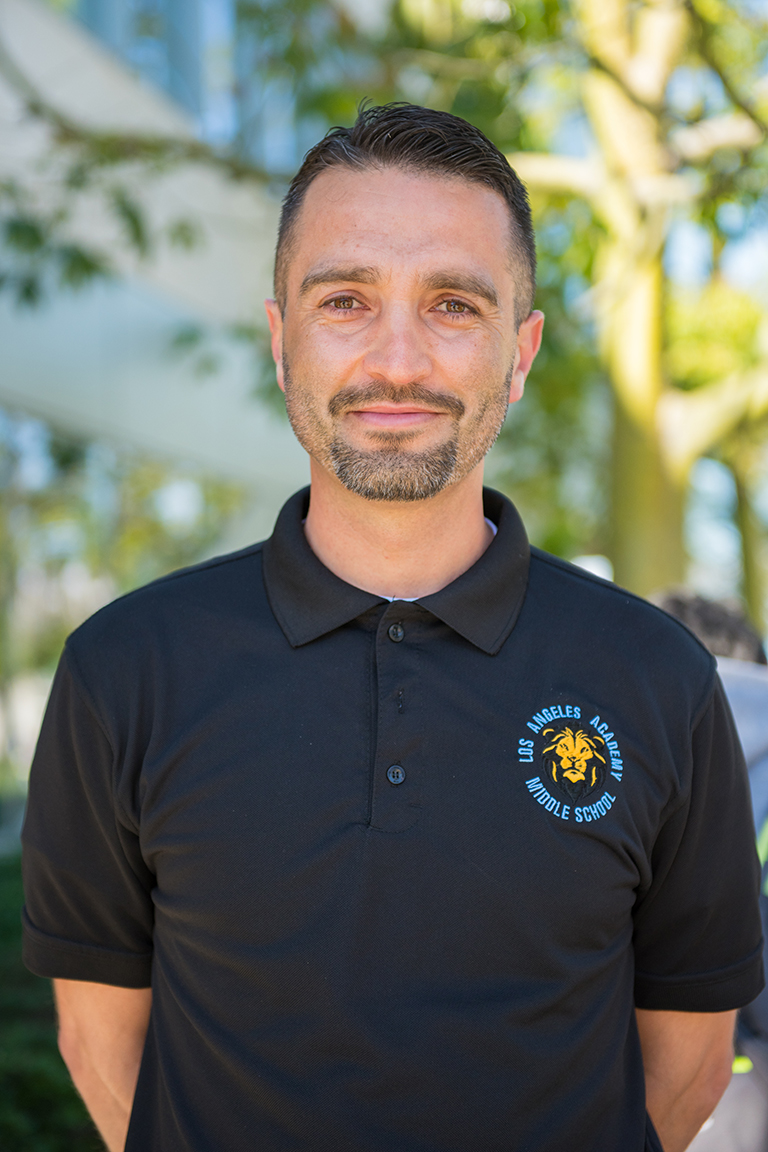
“It’s great to see the students taking pride in their education and what they do, and that they have these important types of positive experiences,” said Perez. “The MSA mentors build a strong connection with them.”
Franklin believes the MSA’s success is the result of the strong values among its members, and the sustained support across three CSUDH administrations.
“We have amazing students–both alumni and current. They have embraced their creed of ‘I am my brother’s keeper and together we will rise,’” said Franklin. “MSA members have always been intentional about a strong social media presence and using their voices in the spaces they occupy–on and off campus–to promote and personify MSA values.”
Leaving a Legacy
In 2017, CSUDH was awarded a $166,000 grant from the College Futures Foundation to improve bachelor degree completion for male students of color throughout the 23-campus CSU system. The grant enables Franklin and CSUDH to lead the CSU Young Males of Color Consortium statewide to plan, organize, and convene forums to share models of best practices.
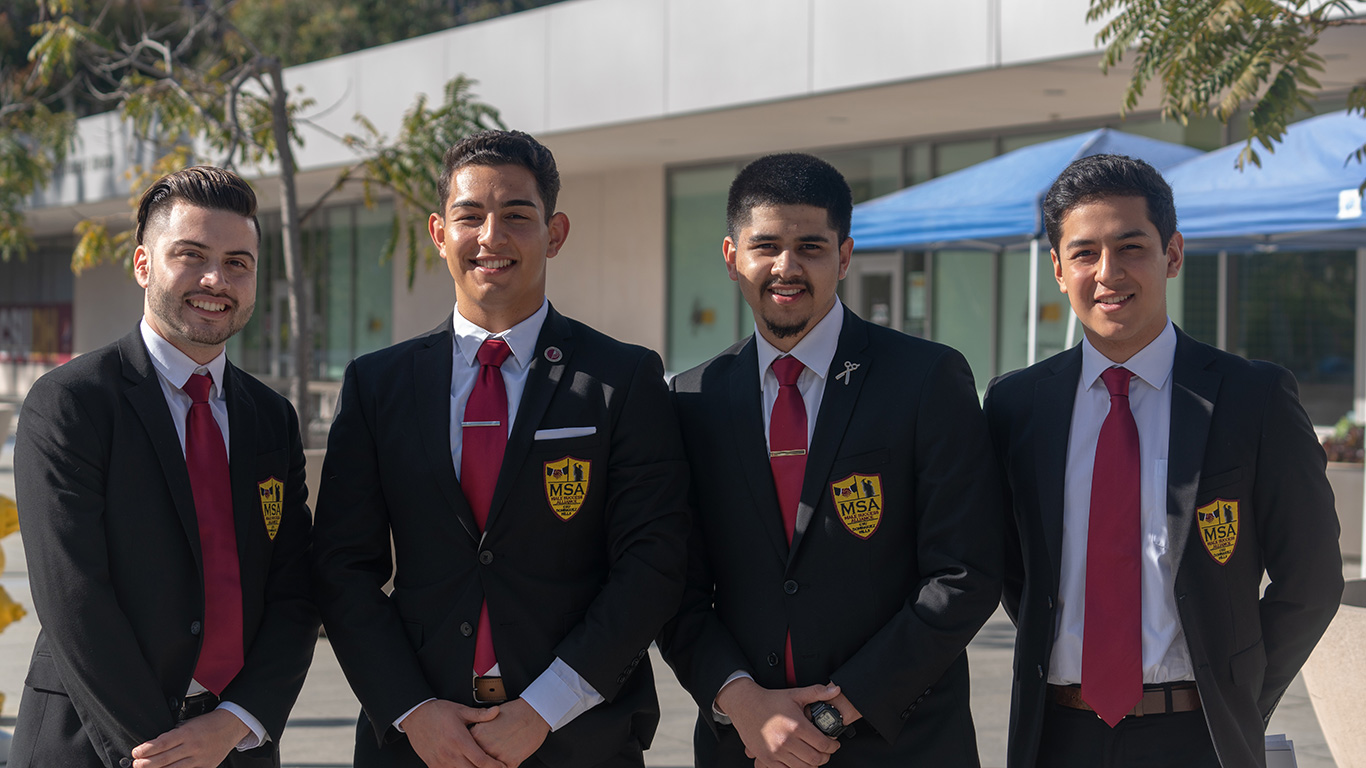
“We now have all 23 campuses at the table, and our goal is to explore the unique challenges young men of color face as they move through the system, as well as advance effective approaches to better support them,” Franklin said. “In concert with the CSU Graduation Initiative 2025, we hope to eliminate all achievement and opportunity gaps, especially for young males of color. My vision for the future is that the MSA’s 20th anniversary will be a celebration of access, success, equity, and inclusive excellence at their highest levels!”
In the meantime, Richardson looks forward to immersing himself in his studies and becoming a more active and experienced member of MSA. He feels he owes a lot of his momentum to Guerrero.
“I’ll always remember being mentored. Alex is pretty comfortable with who he is. I just knew right away that I was going to really like the dude–that he was the right kind of role model for me,” said Richardson. “He gets a lot of credit for me being at Cal State Dominguez Hills. He really is like a big brother.”
